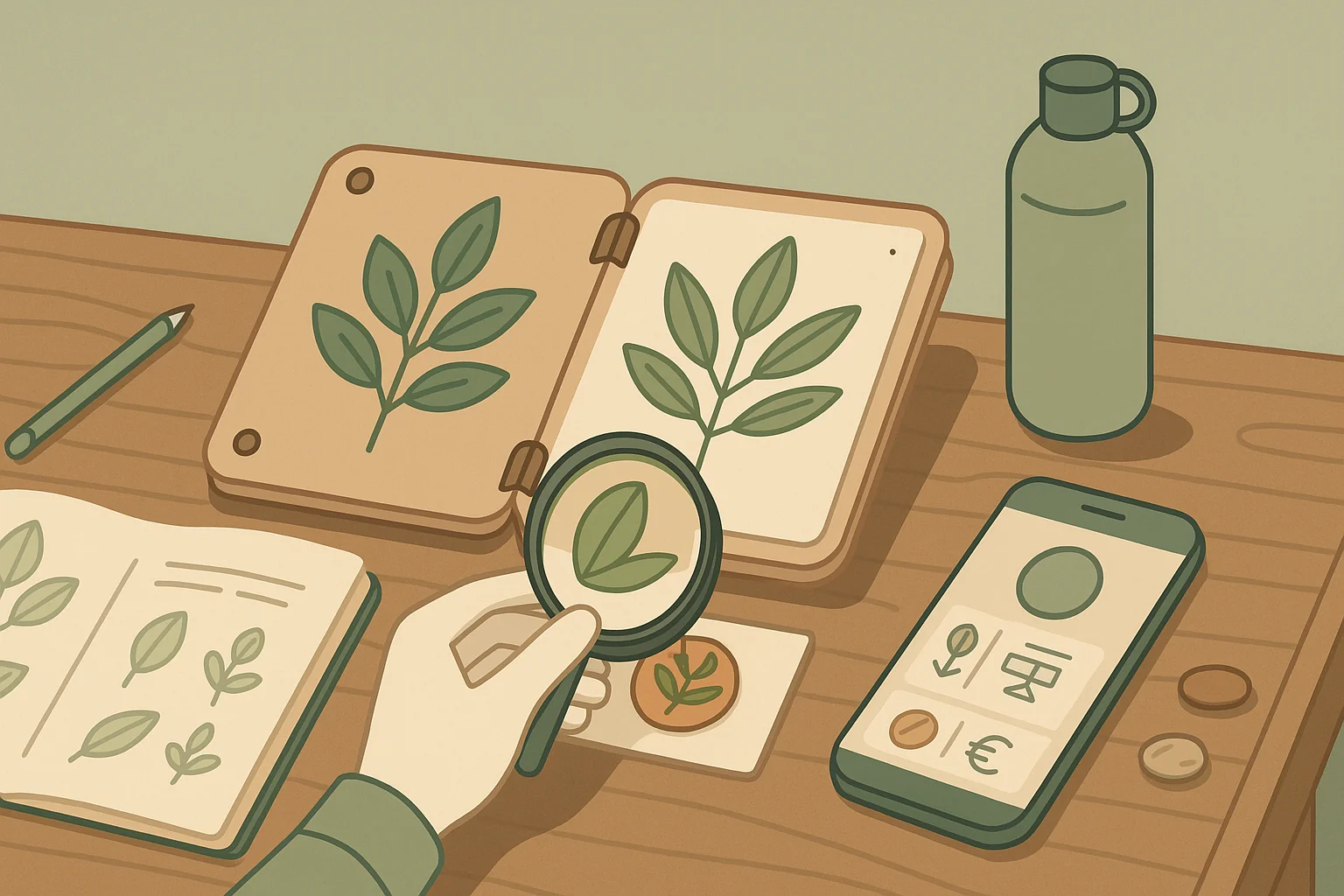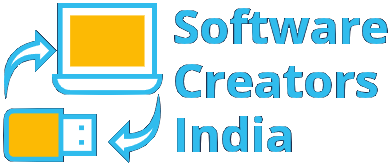Top Modern Tools for Botany Enthusiasts of All Profiles
Botany has long been a field rooted in curiosity and observation. From explorers cataloging new species centuries ago to gardeners experimenting with plant hybrids, the study of plants has always connected people with science and nature.
In 2025, however, the way botanists work with plants has evolved dramatically. A modern plant recognition app can combine artificial intelligence, digital databases, and hands-on field instruments, making plant study more interactive, precise, and accessible than ever.

The Wide Appeal of Modern Botany Tools
One of the most fascinating aspects of these new resources is how they serve people across all profiles:
Home Gardeners can track growth cycles, identify diseases, and plan seasonal care.
Students & Educators benefit from digital learning platforms and visual resources that bring plant anatomy and taxonomy to life.
Researchers access massive databases with tools for modeling, phenotyping, and cross-referencing species.
Travelers & Explorers use mobile apps to instantly recognize unknown flora in forests, parks, or even urban environments.
In this context, tools like AI-powered plant identification apps, digital research platforms, and traditional field instruments play complementary roles. Together, they create a complete ecosystem that helps enthusiasts of every background dive deeper into the world of plants.
Spotlight: AI Plant Finder as a Game-Changer
While many apps exist, the AI Plant Finder app has become a favorite among hobbyists and professionals because of its balance between ease of use and scientific accuracy. Unlike simple image matchers, it integrates plant identification with advanced diagnostic features. By uploading or photographing a plant, users receive not only its name but also:
A detailed plant card covering taxonomy, origin, and characteristics.
Health diagnostics highlighting diseases, pests, or nutrient deficiencies.
Tailored care tips including watering frequency, pruning techniques, and soil preferences.
A My Garden tool to organize digital plant collections with reminders for essential tasks.
Extra support from the Water Calculator and Light Meter, which assess environmental conditions using the smartphone’s camera and sensors.
This freemium model allows casual users to explore for free, while premium subscribers unlock advanced filters, extensive database searches, and an AI Botanist helper for more complex questions. For beginners, it acts as a supportive teacher; for advanced botanists, it becomes an efficient assistant.
Essential Digital Resources for Botany Enthusiasts
Online Plant Databases and Learning Platforms
Digital tools have transformed botany into a discipline that’s open to everyone, not just researchers. Platforms such as Go Botany and Botany Depot provide access to illustrated glossaries, species keys, and free teaching resources. These platforms are especially valuable for students and educators, who can use them to guide plant identification exercises or create classroom projects.
Meanwhile, websites like Quantitative Plant offer large-scale datasets for researchers, enabling advanced analysis of plant traits and images. Such resources eliminate geographical barriers: a student in Europe can now access the same scientific data as a botanist working in a U.S. research facility.
AI-Driven Monitoring and Analysis
Artificial intelligence is no longer limited to mobile apps—it is increasingly integrated into broader plant monitoring systems. Platforms like Farmonaut deliver satellite-driven data to assess vegetation health in real time. Similarly, AI-based engines like Genysys’ botanical agent analyze growth trends, detect early disease patterns, and suggest interventions. For hobbyists, these may sound advanced, but scaled-down applications often trickle into user-friendly apps over time, ensuring broader access.
Why Digital Resources Matter
What makes these resources so powerful is their ability to combine historical knowledge with real-time insight. In practice, this means:
Accurate Identification: Cross-checking app results with professional databases.
Efficient Research: Accessing global plant data without expensive textbooks.
Educational Value: Helping beginners understand plant families, anatomy, and ecological roles.

Traditional Tools Still in Use
Although digital solutions dominate today, classic instruments remain irreplaceable for many enthusiasts.
Hand Lens (Loupe): A small magnifier that reveals tiny features like leaf venation or trichomes, crucial for accurate identification.
Plant Press: A simple but effective tool for drying and preserving plant specimens. It’s still widely used by botanists to build herbarium collections or by students documenting field trips.
Field Guides and Notebooks: Annotated sketches, pressed samples, and notes still complement digital findings, ensuring a well-rounded learning process.
These tactile tools foster patience and close observation—skills that even the most advanced AI cannot replace. For many enthusiasts, the act of writing notes in the field or carefully pressing a flower adds a personal connection to their study.
Digital vs. Traditional Tools
Tool Type | Key Strengths | Best For |
Digital Apps (AI Plant Finder, PlantNet) | Fast identification, care reminders, vast databases, error detection | Beginners, hobbyists, tech-savvy collectors |
Research Platforms (Go Botany, Quantitative Plant) | Access to datasets, floristic keys, glossaries | Students, educators, researchers |
Field Tools (Hand lens, plant press) | Precise detail study, specimen preservation, tactile learning | Traditionalists, students, field botanists |
The most effective approach blends both worlds: using apps for fast results, while relying on field tools and research databases for confirmation and deeper understanding.
AI’s Role in Personalized Plant Care
Artificial intelligence is not only improving plant identification but also changing how we care for plants. By analyzing thousands of variables—from soil type and local climate patterns to the plant’s growth history—AI creates tailored care plans that were once available only to professional horticulturists.
Personalized Plant Care with AI Plant Finder
The AI Plant Finder app illustrates this transformation with a full suite of care-oriented tools:
Photo-Based Diagnosis: Upload a photo of your plant, and the AI detects common diseases like powdery mildew or leaf spot with a reported accuracy rate of over 95%.
Expert Care Tips: Receive detailed instructions for treatment and prevention, along with seasonal care reminders.
My Garden Tool: Create a digital garden by cataloging all your plants, setting reminders for watering, fertilizing, pruning, and rotating.
Water Calculator: Calculates precise water needs based on plant type, pot size, temperature, and humidity.
Light Meter: Uses your iPhone or Android camera to measure light in lux, ensuring each plant gets the right amount of exposure.
Extensive Database: Access a library of over 300,000 plants, making it equally useful for common houseplants and rare finds.
These features empower not only beginners but also experienced gardeners to manage large collections without missing critical care tasks.
How Enthusiasts Can Benefit from AI Tools
Gardeners: Keep track of plant health and prevent common mistakes like overwatering or under-lighting.
Students: Use apps as study companions, cross-referencing plant anatomy and disease cases with classroom material.
Travelers: Instantly identify unknown species abroad, documenting them with photos and notes.
Researchers: Pair field samples with AI-driven insights to validate findings or detect early disease outbreaks.
By combining AI with observation and traditional tools, botany becomes accessible to people with different levels of expertise and different goals.
Blending Old and New
The modern botanist—whether a weekend gardener, biology student, or professional researcher—has access to tools far beyond what earlier generations imagined. Digital apps provide instant identification and personalized care. Research platforms connect users to global datasets. Traditional tools ground enthusiasts in the tactile, patient study of plants.
Using them together creates the most rewarding approach: an AI Plant Finder diagnosis confirmed with a hand lens, or a digital plant record paired with a pressed specimen. This synergy blends the precision of technology with the intimacy of traditional study.



